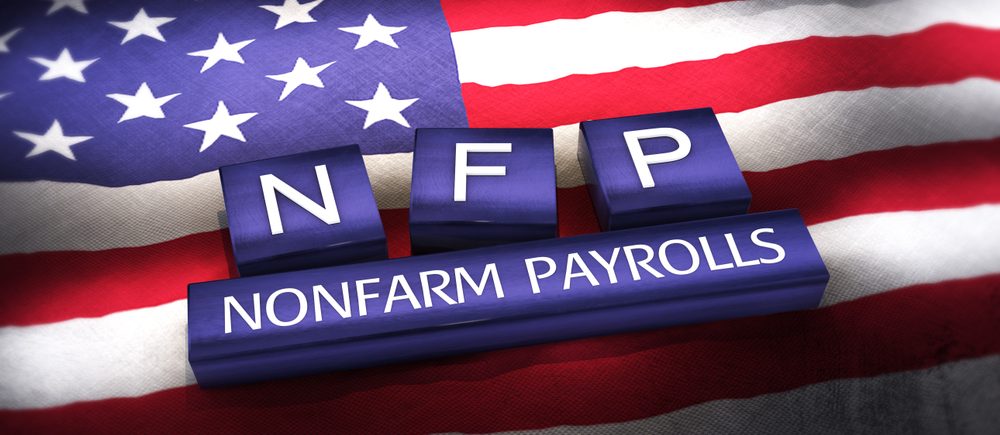The US labor market stood tall in April, shrugging off the shockwaves from President Donald Trump’s “Liberation Day” tariff announcement. With stronger-than-expected job growth and steady unemployment, the latest data paints a picture of resilience amid trade policy turbulence. As markets rally and investors reassess economic risks, the April jobs report offers critical insights into what’s next for the economy.
Robust Job Growth Signals Strength
The US economy added 177,000 nonfarm payrolls in April, surpassing forecasts of 138,000. The unemployment rate held steady at 4.2%, defying fears of a tariff-induced slowdown. While March’s job gains were revised down to 185,000 from 228,000, the past year’s average of 152,000 jobs per month underscores consistent hiring. Notably, the transportation and warehousing sector surged, adding 29,000 jobs, up from just 2,700 in March. This resilience suggests employers are holding firm despite trade uncertainties.
Wages and Policy: A Delicate Balance
Average hourly earnings rose 0.2% month-over-month and 3.8% year-over-year, slightly below expectations of 0.3% and 3.9%. This modest wage growth eases pressure on the Federal Reserve, led by Chair Jerome Powell, to cut interest rates at its next meeting. The report’s timing—capturing labor demand before the April 2 tariff announcement—means it may not fully reflect tariff impacts. Still, low initial jobless claims in recent weeks signal that employers haven’t rushed to cut staff, bolstering confidence in the labor market’s stability.
Tariffs Cast a Long Shadow
Trump’s tariff plans, unveiled on April 2, have rattled markets and weighed on growth. First-quarter GDP contracted for the first time in three years, driven by a surge in imports ahead of the levies. Manufacturing activity and consumer sentiment have also taken hits. Yet, the labor market’s strength offers a counterpoint. Government employment showed mixed trends, with federal jobs dropping by 9,000, while total government hiring rose by 10,000. As tariffs reshape trade flows, their long-term impact on jobs remains a key question.
Can Resilience Endure?
The April jobs report is a beacon of stability, but challenges loom. Rising unemployment claims in late April and weak private payroll growth of 62,000 jobs—the lowest since July—hint at emerging cracks. With tariffs disrupting manufacturing and consumer confidence, the labor market’s ability to sustain momentum will be tested. For now, the economy’s hiring engine is humming, giving investors reason to cheer. But as trade policies evolve, staying nimble will be crucial for navigating what’s next.

NFP
 Noor Trends News, Technical Analysis, Educational Tools and Recommendations
Noor Trends News, Technical Analysis, Educational Tools and Recommendations




